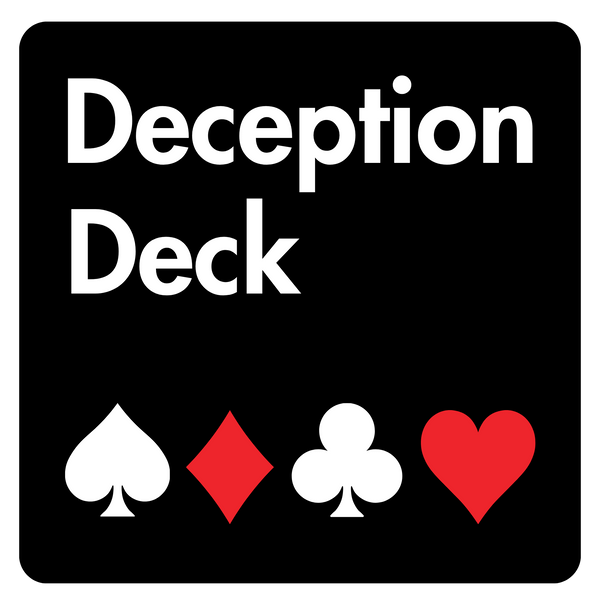Frequently Asked Questions
1. What is the role of body language in deception detection?
2. What are some key elements to analyze in body language during conversations?
3. How does Statement Analysis enhance deception detection?
4. What are common red flags that may signal deception?
5. Can detecting deception be learned?
Understanding the subtle cues of body language can be the key to uncovering the truth in our interpersonal interactions. Whether you’re navigating a high-stakes business negotiation or simply engaging in a conversation, the ability to detect deception is a valuable skill. In this article, we will explore the role of body language in deception detection, particularly through the lens of Statement Analysis. We'll delve into how our nonverbal cues can reveal hidden truths and what to look for in our daily encounters.
The Importance of Body Language in Communication
Body language refers to the nonverbal signals that we send and receive during communication. These include facial expressions, posture, gestures, and eye contact. Studies suggest that a significant percentage of our communication is conveyed through these nonverbal cues, making body language a critical component of any interaction.
Understanding Deception
Deception can be defined as the act of misleading or misrepresenting the truth. When individuals lie, their body language may become inconsistent with their verbal messages. This inconsistency often serves as a red flag, alerting others to the possibility of deceit. Therefore, being attentive to body language can enhance our ability to detect deception.
The Synergy of Verbal and Nonverbal Cues
Effective communication relies on the harmony between verbal and nonverbal cues. When someone is telling the truth, their body language typically aligns with their spoken words. Conversely, when deceit is present, there is often a noticeable mismatch. Here are some key elements to consider when analyzing body language in the context of deception:
- Facial Expressions: Authentic emotions produce involuntary facial expressions. If a person’s words say one thing but their face suggests otherwise, it might indicate deception.
- Eye Contact: While some people may look away when dishonest, others might maintain excessive eye contact. Being aware of these patterns can help in the Statement Analysis.
- Posture and Gestures: Closed body posture, fidgeting, or distancing oneself may hint at discomfort or dishonesty. Observing the flow of gestures can also provide insight into a person’s sincerity.
Using Statement Analysis for Enhanced Accuracy
Statement Analysis offers a systematic approach to evaluating verbal and nonverbal communications. By focusing on the words spoken as well as the accompanying body language, individuals can form a more complete picture of the situation at hand. Below are critical aspects of Statement Analysis:
Evaluating Choice of Words
The language a person uses when making a statement can reveal much about their intentions. For instance, if someone uses vague or ambiguous language, it could indicate that they're withholding information. Analyzing the specificity and clarity of words allows one to draw closer to the truth.
Assessing Narrative Structure
People who are being deceptive may struggle to construct a narrative that is coherent and consistent. By dissecting the structure of the statement, you can identify inconsistencies or details that seem out of place. This type of analysis can be particularly enlightening when used in conjunction with body language observations.
Recognizing the Red Flags
Certain behaviors can signal that someone may be being deceptive. Here are a few of the most common red flags associated with dishonest communication:
- Inconsistent body language: Look for observable contradictions between verbal statements and nonverbal cues.
- Overly elaborate or verbose responses: Deceivers may provide unnecessary details to support their lies.
- Defensiveness: Sudden changes in tone or posture may indicate that a person is feeling defensive about their truthfulness.
The Impact of Contextual Factors
When evaluating body language, it’s essential to consider contextual factors. Factors such as cultural background, personal habits, and situational stress can heavily influence body language. For instance, some cultures may view eye contact differently, meaning that what may appear as evasion in one person could be a sign of respect in another.
Emotional States and Their Effects
The emotional state of an individual also significantly impacts their body language. Anxiety, fear, or excitement can all manifest in specific ways physically. Understanding the emotional tone in relation to the spoken word can enhance your effectiveness in performing Statement Analysis.
Building Your Skills for Deception Detection
Detecting deception isn't an innate skill; it can be learned and refined over time. Here are practical tips to enhance your abilities:
- Practice active listening: Pay close attention to both what is said and how it is being said. This increases your understanding of the context.
- Observe inconsistencies: Chart the relationships between verbal statements and body language for a clearer perspective of the truth.
- Take notes: Writing down key phrases or actions during a conversation can help you track and analyze the details effectively.
Key Takeaways in Body Language and Deception
As we navigate a world filled with constant communication, understanding the role of body language in deception detection becomes an essential skill to cultivate. The alignment (or lack thereof) between verbal statements and nonverbal cues provides insight into the authenticity of a conversation.
Through Statement Analysis, individuals can break down the complexities of communication to uncover deeper truths. With continued practice in observing body language combined with an understanding of context and emotional states, you can enhance your ability in detecting deception.
Elevate Your Deception Detection Skills Today!
In a world where trust is paramount, honing your skills in recognizing deceit can transform your interactions. By mastering the art of body language analysis and Statement Analysis, you not only protect yourself but also navigate your relationships with greater nuance and awareness. So start your journey today—dive deep into the world of body language and unlock the hidden meanings behind every conversation!


